Sales-boosting merchandising tips for small spaces
When you have a small space and an even smaller budget, implementing retail merchandising best practice can seem like a challenge.
But there are some tried and tested tips that have been shown to boost sales and are worth making time for. Prior to working for Bookspeed, our account manager Sinead worked at a small gallery shop in Edinburgh, increasing purchases with a few simple retail merchandising tactics. We asked her to share what worked for her, and how you can implement these tips whatever your budget.
Step into your customer’s shoes
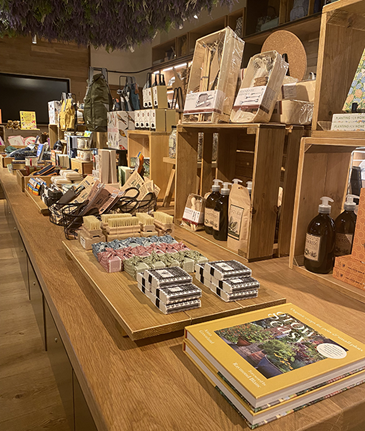
It takes three seconds to grab a customer’s attention so that first impression is important. Think about who your customers are and what they are looking for when they step into your shop. What do they want to feel or experience? Are you catering for the price point that most of your customers are willing to spend?
Organise your product ranges into categories that help your customers find what they are looking for. If you like, you can think of it as grouping into worlds (the theme of the shop), continents (areas of the shop) and countries (the display). For example, your world could be ‘gift and lifestyle’. The continents might be children’s, stationery and homewares, and within a continent, for example Childrens, you might divide by toys, activity and books.
Create height and symmetry

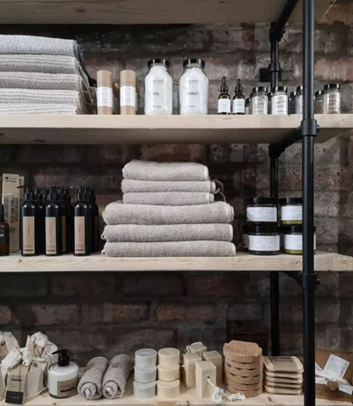
Adding height to your displays is a great way to draw attention to products and create more space within your shop. You can use simple techniques to achieve this. Display your products so that shorter items are on either side of something taller, creating a symmetrical triangle. This brings the eye to a focal point and creates visual balance. You can achieve this on a table or a shelf. Books can be used in a stack to create a platform, if you need a little help achieving some height. Or you can upcycle crates or other items you might have to hand to create some height in your displays.
The rule of three

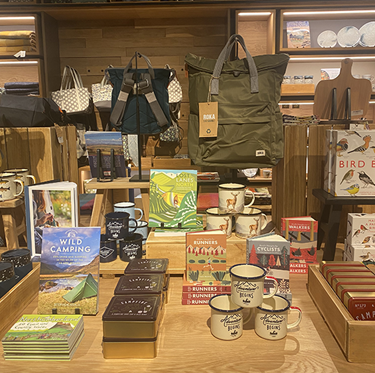
Psychologists have been saying for some time that the human brain responds positively to groups of three. It’s a rule that’s applied in many creative sectors, from photography to copywriting. It works well in retail too. Grouping products together in sets of three is a simple trick to draw customers visually. Books work really well in stacks of three, alone or mixed with other products.
Know when to hold back
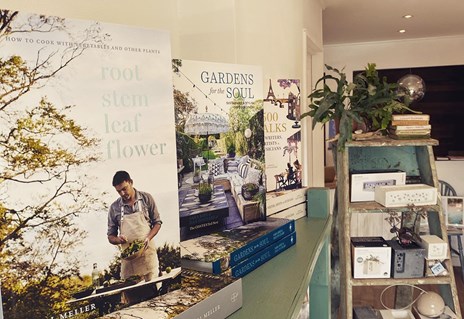
It’s tempting to display everything at once, especially if storage space is limited, but if an area is too busy it can be off-putting. According to psychologist Barry Schwartz’s Paradox of Choice theory, too many options can overwhelm a customer. This can be especially true for books. If you are using shelves for your books, make sure you have enough space to display the books face-forward. Showing the covers has a more powerful visual impact that is more likely to inspire an impulse purchase, which is particularly important for retailers selling lots of different types of product.
Rotate your displays
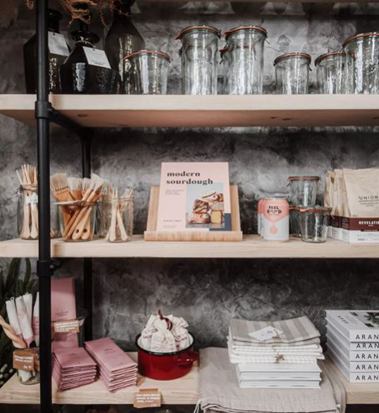
Changing your displays around and shaking things up a little will refresh your range without sourcing new products. Simply removing an item from the shop floor for a temporary period, or even moving it to a different area can make your shop feel dynamic to repeat customers.
Integrate books throughout your product ranges

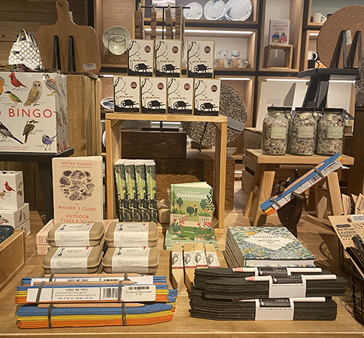
Don’t feel compelled to display books in a dedicated area or on a bookshelf. Weave them into other product areas to signpost a theme or sell a story to your customer. For example, add recipe books alongside stylish kitchen accessories to communicate that this is the cookwares section. Or place some wellness books alongside scented candles or cosy socks to tell a story about self-care and prompt additional sales. Don’t forget to use your till area to position low-priced books to invite impulse buys from waiting customers.
Have fun with it!
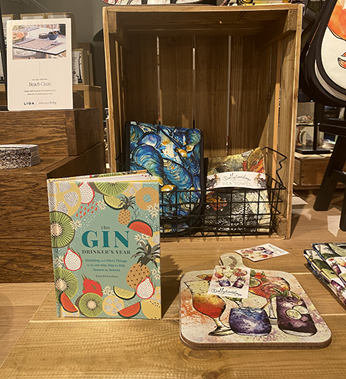
Be creative and use colour, shapes, sizes and texture to guide you. Upcycle some old furniture or repurpose crates or household items to create storage or displays with character, amplifying your style or story.
Curate a retail experience that feels personal by sharing any background info on products from local makers. You can involve your retail team, asking them to write personalised recommendations – something that works especially well for books.
Don’t give yourself a hard time. Sometimes the architecture of your space makes it difficult to create the dream layout, and it’s not always possible to kit out your shop with bespoke display units. But by following some of these principles, you will be able to enhance your space without breaking the bank!
Work with us
When you work with Bookspeed, we can recommend books that complement your design themes, and help you develop a book range that looks fantastic and sells well.
Images
Images 1, 3, 6 and 7 supplied by Ad Gefrin (adgefrin.co.uk).
Images 2 and 5 supplied by Storlifestyle (www.storlifestyle.co), credit: @jacekhubner/www.jacekhuber.com).
Image 4 supplied by Kind & Conscious.


